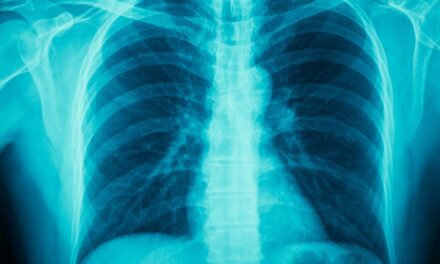There are myriad modes in ventilator technology. This is the first in an occasional series to help respiratory professionals understand what’s available. This month, we focus on one mode that is unique because of its proprietary nature: Adaptive Support Ventilation. We spoke with Paul Garbarini, MS, RRT, who played a key role in developing Adaptive Support Ventilation as clinical operations manager at Hamilton Medical Inc.
RT: What is Adaptive Support Ventilation (ASV) and what differentiates it from other closed loop modes?
Garbarini: ASV is the only optimal closed loop model.1 ASV’s model is the least work of breathing principle. ASV mimics Mother Nature’s model in that its feedback is the patient’s lung mechanics and breathing pattern. For example, restrictive disease patients (ARDS) naturally adopt a rapid shallow breathing pattern.2 ASV automatically adapts settings to physiology just as we would manually do. ASV is the only system that can support passive patients in addition to active patients.
RT: What objectives did Hamilton use in developing this closed loop mode of ventilation?
Garbarini: Design objectives based on clinical goals, evidence-based medicine, and patient safety. We looked for automated compliance with protective ventilation and weaning standards; reduced complexity; interfaces that reduce training requirements; and technology that is more efficient and applicable to a wide population from intubation through extubation and is cost-effective.
RT: How does ASV work?
Garbarini: The user inputs ideal body weight and sets a minute volume target. ASV adapts Vt, rate, pressure, I:E ratio, and mode to lung mechanics and respiratory drive. Modes applied are accepted modes. In passive patients, ASV applies volume targeted pressure control. In active patients, ASV transitions from full support to partial support using Pressure Support breaths while still adapting to lung mechanics. Once the patient meets Vt and rate goals, ASV “backs” off and allows weaning. A “safety” window protects against hypoventilation, autopeep, and volutrauma.
RT: Some RTs express concerns about “black boxes” taking away autonomy and making it difficult to know what the ventilator is doing and if the system is operating okay. How would you address this?
Garbarini: Automation of routine tasks, such as adjusting pressure, is already incorporated into routinely used modes. This frees the RT to focus on patient assessment and higher level skills. The airline industry has an error rate millions of times lower than ICU care. Autopilots and new cockpit displays are now being used to improve reliability and safety of aviation. Yet no one would suggest we don’t need pilots anymore. Hamilton Medical has adopted a “cockpit” display that presents a graphic picture of the patient’s lung and ventilatory status so the user has immediate awareness of what the ventilator is doing and why.3








